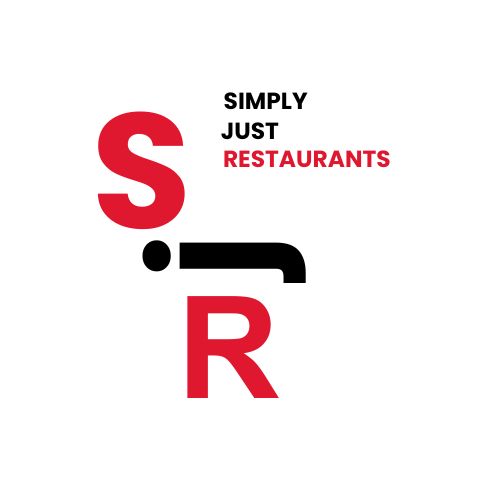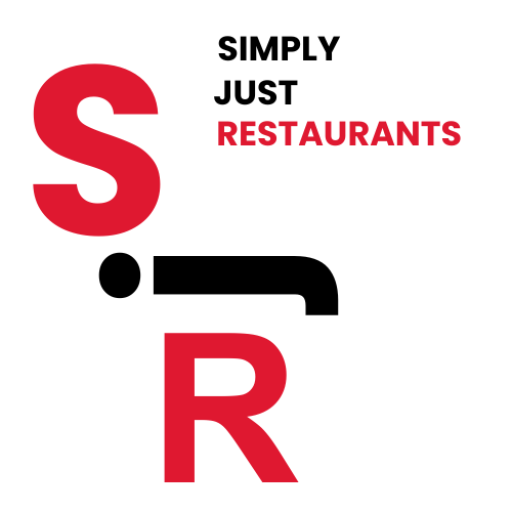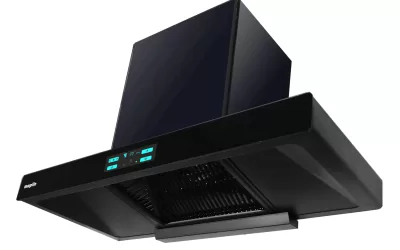Introduction To The Bakery Equipment
Bakery equipment with the right tools is essential for producing high-quality baked goods efficiently and consistently. The right bakery equipment can streamline operations, improve product quality, and increase overall productivity. This guide provides a comprehensive overview of the various types of bakery equipment, their functions, and how to choose the right ones for your bakery.
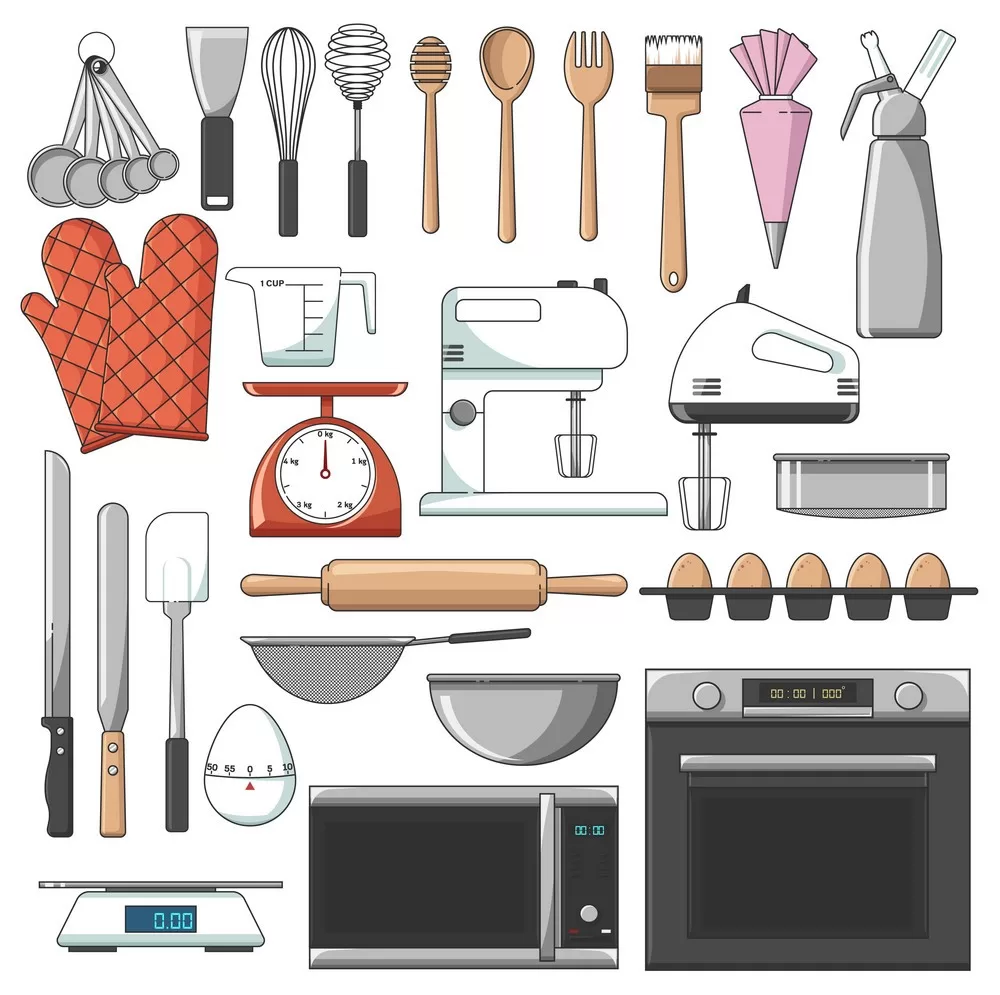
1. Baking Ovens
a. Deck Ovens
- Description:
- Deck ovens have multiple baking chambers, known as decks, each with its own temperature control.
- They are ideal for baking bread, pizzas, and other baked goods that require high heat from the bottom.
- Advantages:
- Precise temperature control for each deck.
- Even heat distribution, ensuring consistent baking.
- Considerations:
- Space requirements: Deck ovens are large and require significant kitchen space.
- Energy consumption: They can be energy-intensive, so consider energy-efficient models.
b. Convection Ovens
- Description:
- Convection ovens use fans to circulate hot air, providing even heat distribution and faster cooking times.
- Suitable for baking pastries, cookies, and cakes.
- Advantages:
- Faster baking times compared to traditional ovens.
- More even baking, reducing the need to rotate trays.
- Considerations:
- Size: Available in various sizes to fit different kitchen spaces.
- Versatility: Look for models with adjustable racks and multiple fan speeds.
c. Rack Ovens
- Description:
- Rack ovens are designed to accommodate entire racks of baking trays, allowing for high-volume baking.
- Ideal for large bakeries with high production needs.
- Advantages:
- High capacity: Can bake multiple trays simultaneously.
- Efficiency: Suitable for baking large batches of bread and pastries.
- Considerations:
- Initial cost: Rack ovens are more expensive than other types of ovens.
- Space: Require a significant amount of space and proper ventilation.
d. Tunnel Ovens
- Description:
- Tunnel ovens use a conveyor belt to move products through different heating zones.
- Suitable for continuous, high-volume production of baked goods.
- Advantages:
- Continuous production: Ideal for mass production.
- Consistent results: Products receive uniform heat exposure.
- Considerations:
- Space and cost: Large and expensive, suitable for industrial bakeries.
- Maintenance: Regular maintenance required to ensure optimal performance.
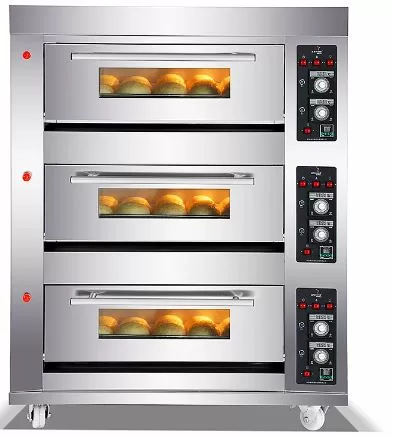
2. Dough Preparation Equipment
a. Mixers
- Planetary Mixers:
- Description: Versatile mixers with a stationary bowl and rotating mixing attachments.
- Uses: Suitable for mixing dough, batters, and creams.
- Sizes: Available in various sizes, from countertop models to large floor models.
- Attachments: Common attachments include a dough hook, paddle, and whisk.
- Spiral Mixers:
- Description: Designed specifically for mixing dough, with a rotating bowl and a spiral-shaped mixing hook.
- Uses: Ideal for mixing bread and pizza dough.
- Advantages: Provides gentle, consistent mixing without overheating the dough.
- Considerations:
- Capacity: Choose a mixer with the right capacity for your production needs.
- Durability: Look for mixers with robust construction and reliable motors.
b. Dough Sheeters
- Description:
- Dough sheeters flatten and stretch dough to a uniform thickness, ideal for pastries, croissants, and pizza dough.
- Available in manual and automatic models.
- Advantages:
- Consistency: Ensures even dough thickness, improving product quality.
- Efficiency: Speeds up the dough preparation process.
- Considerations:
- Size: Choose a sheeter that fits your kitchen space and production volume.
- Maintenance: Regular cleaning and maintenance are essential for optimal performance.
c. Dough Dividers and Rounders
- Description:
- Dough dividers portion dough into equal-sized pieces, while rounders shape these pieces into uniform balls.
- Ideal for producing rolls, buns, and other small baked goods.
- Advantages:
- Consistency: Ensures uniform portion sizes and shapes.
- Speed: Speeds up the dough preparation process.
- Considerations:
- Capacity: Choose equipment that matches your production volume.
- Ease of use: Look for models that are easy to operate and clean.
d. Dough Proofers
- Description:
- Dough proofers provide a controlled environment for dough to rise, with adjustable temperature and humidity settings.
- Essential for producing high-quality bread and pastries.
- Advantages:
- Consistency: Ensures even and controlled dough rising.
- Versatility: Can be used for various types of dough.
- Considerations:
- Size: Choose a proofer that fits your production volume and kitchen space.
- Features: Look for models with precise temperature and humidity control.
- Description: Versatile mixers with a stationary bowl and rotating mixing attachments.
- Uses: Suitable for mixing dough, batters, and creams.
- Sizes: Available in various sizes, from countertop models to large floor models.
- Attachments: Common attachments include a dough hook, paddle, and whisk.
- Description: Designed specifically for mixing dough, with a rotating bowl and a spiral-shaped mixing hook.
- Uses: Ideal for mixing bread and pizza dough.
- Advantages: Provides gentle, consistent mixing without overheating the dough.
- Capacity: Choose a mixer with the right capacity for your production needs.
- Durability: Look for mixers with robust construction and reliable motors.
- Dough sheeters flatten and stretch dough to a uniform thickness, ideal for pastries, croissants, and pizza dough.
- Available in manual and automatic models.
- Consistency: Ensures even dough thickness, improving product quality.
- Efficiency: Speeds up the dough preparation process.
- Size: Choose a sheeter that fits your kitchen space and production volume.
- Maintenance: Regular cleaning and maintenance are essential for optimal performance.
- Dough dividers portion dough into equal-sized pieces, while rounders shape these pieces into uniform balls.
- Ideal for producing rolls, buns, and other small baked goods.
- Consistency: Ensures uniform portion sizes and shapes.
- Speed: Speeds up the dough preparation process.
- Capacity: Choose equipment that matches your production volume.
- Ease of use: Look for models that are easy to operate and clean.
- Dough proofers provide a controlled environment for dough to rise, with adjustable temperature and humidity settings.
- Essential for producing high-quality bread and pastries.
- Consistency: Ensures even and controlled dough rising.
- Versatility: Can be used for various types of dough.
- Size: Choose a proofer that fits your production volume and kitchen space.
- Features: Look for models with precise temperature and humidity control.
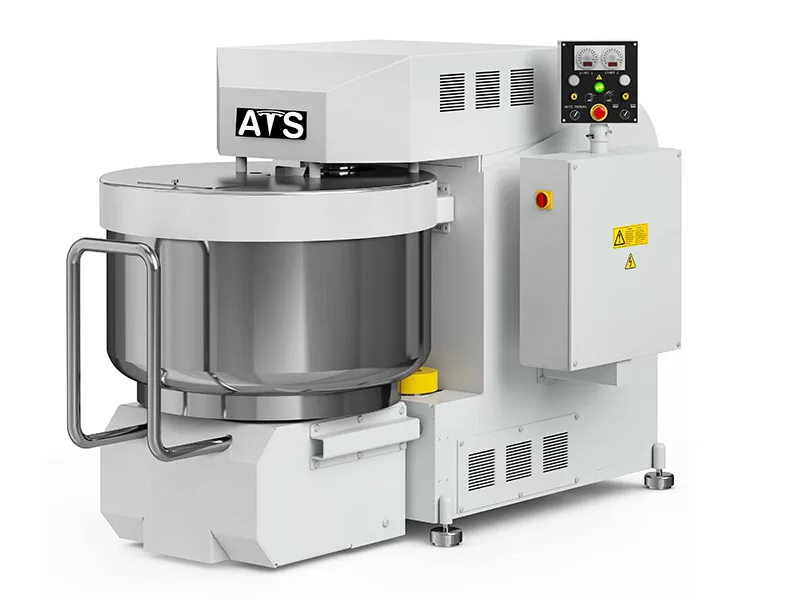
3. Baking Accessories for Baking Equipment
a. Baking Trays and Pans
- Description:
- Essential for holding and baking various products.
- Available in different shapes and sizes to suit different baked goods.
- Materials:
- Aluminum: Lightweight and conducts heat well.
- Stainless Steel: Durable and resistant to rust and corrosion.
- Non-Stick: Coated with a non-stick surface for easy release.
- Considerations:
- Durability: Choose high-quality trays and pans that can withstand frequent use.
- Size: Ensure they fit your oven and production needs.
b. Cooling Racks
- Description:
- Used for cooling baked goods after they come out of the oven.
- Allow air circulation around the product, preventing sogginess.
- Materials:
- Stainless Steel: Durable and resistant to rust.
- Coated: Non-stick coated racks for easy release and cleaning.
- Considerations:
- Size: Choose racks that fit your kitchen space and production volume.
- Durability: Look for sturdy, high-quality materials.
c. Pastry Tools
- Description:
- Various tools used for preparing and decorating pastries, such as rolling pins, pastry brushes, and piping bags.
- Essential for detailed and intricate work.
- Materials:
- Stainless Steel: Durable and easy to clean.
- Silicone: Flexible and non-stick for easy handling.
- Considerations:
- Quality: Invest in high-quality tools that are comfortable to use and durable.
- Variety: Ensure you have a range of tools to cover different tasks.
- Essential for holding and baking various products.
- Available in different shapes and sizes to suit different baked goods.
- Aluminum: Lightweight and conducts heat well.
- Stainless Steel: Durable and resistant to rust and corrosion.
- Non-Stick: Coated with a non-stick surface for easy release.
- Durability: Choose high-quality trays and pans that can withstand frequent use.
- Size: Ensure they fit your oven and production needs.
- Used for cooling baked goods after they come out of the oven.
- Allow air circulation around the product, preventing sogginess.
- Stainless Steel: Durable and resistant to rust.
- Coated: Non-stick coated racks for easy release and cleaning.
- Size: Choose racks that fit your kitchen space and production volume.
- Durability: Look for sturdy, high-quality materials.
- Various tools used for preparing and decorating pastries, such as rolling pins, pastry brushes, and piping bags.
- Essential for detailed and intricate work.
- Stainless Steel: Durable and easy to clean.
- Silicone: Flexible and non-stick for easy handling.
- Quality: Invest in high-quality tools that are comfortable to use and durable.
- Variety: Ensure you have a range of tools to cover different tasks.
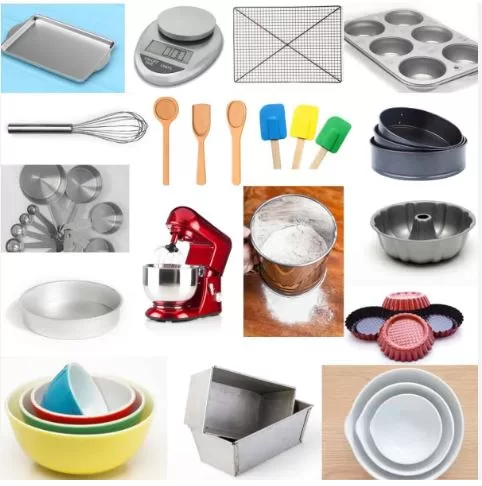
4. Storage and Display Equipment
a. Refrigerators and Freezers
- Description:
- Essential for storing perishable ingredients and finished products.
- Available in various sizes and configurations, including reach-in, walk-in, and under-counter units.
- Considerations:
- Capacity: Choose units that match your storage needs.
- Energy Efficiency: Look for models with Energy Star ratings to save on energy costs.
b. Display Cases
- Description:
- Used to showcase baked goods to customers while keeping them fresh.
- Available in refrigerated and non-refrigerated models.
- Considerations:
- Size: Choose display cases that fit your shop layout and product range.
- Lighting: Look for models with good lighting to highlight your products.
c. Shelving and Storage Racks
- Description:
- Used for organizing ingredients, utensils, and equipment.
- Available in various materials, such as stainless steel and wire.
- Considerations:
- Durability: Choose sturdy, high-quality materials.
- Organization: Ensure you have enough shelving to keep your kitchen organized and efficient.
- Essential for storing perishable ingredients and finished products.
- Available in various sizes and configurations, including reach-in, walk-in, and under-counter units.
- Capacity: Choose units that match your storage needs.
- Energy Efficiency: Look for models with Energy Star ratings to save on energy costs.
- Used to showcase baked goods to customers while keeping them fresh.
- Available in refrigerated and non-refrigerated models.
- Size: Choose display cases that fit your shop layout and product range.
- Lighting: Look for models with good lighting to highlight your products.
- Used for organizing ingredients, utensils, and equipment.
- Available in various materials, such as stainless steel and wire.
- Durability: Choose sturdy, high-quality materials.
- Organization: Ensure you have enough shelving to keep your kitchen organized and efficient.
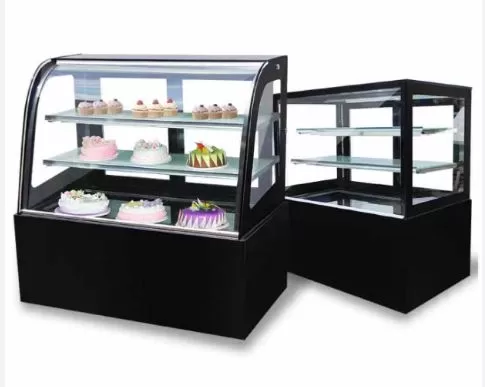
5. Cleaning and Sanitation Bakery Equipment
a. Dishwashers
- Description:
- Essential for cleaning utensils, trays, and other equipment.
- Available in under-counter, door-type, and conveyor models.
- Considerations:
- Capacity: Choose a dishwasher that matches your kitchen size and volume.
- Efficiency: Look for models that are energy-efficient and easy to operate.
b. Sinks
- Description:
- Used for washing hands, utensils, and equipment.
- Available in various configurations, including single, double, and triple-compartment sinks.
- Considerations:
- Size: Choose sinks that fit your kitchen layout and needs.
- Materials: Look for durable, easy-to-clean materials like stainless steel.
c. Cleaning Tools and Supplies
- Description:
- Includes items like mops, brooms, sponges, and cleaning solutions.
- Essential for maintaining hygiene and cleanliness in the bakery.
- Considerations:
- Quality: Invest in high-quality cleaning tools and supplies.
- Safety: Ensure cleaning solutions are food-safe and non-toxic.
- Essential for cleaning utensils, trays, and other equipment.
- Available in under-counter, door-type, and conveyor models.
- Capacity: Choose a dishwasher that matches your kitchen size and volume.
- Efficiency: Look for models that are energy-efficient and easy to operate.
- Used for washing hands, utensils, and equipment.
- Available in various configurations, including single, double, and triple-compartment sinks.
- Size: Choose sinks that fit your kitchen layout and needs.
- Materials: Look for durable, easy-to-clean materials like stainless steel.
- Includes items like mops, brooms, sponges, and cleaning solutions.
- Essential for maintaining hygiene and cleanliness in the bakery.
- Quality: Invest in high-quality cleaning tools and supplies.
- Safety: Ensure cleaning solutions are food-safe and non-toxic.

6. Specialized Equipment
a. Bread Slicers
- Description:
- Used for slicing bread into uniform pieces.
- Available in manual and automatic models.
- Considerations:
- Capacity: Choose a slicer that matches your production volume.
- Blade Quality: Look for models with high-quality, durable blades.
b. Proofing Cabinets
- Description:
- Provide a controlled environment for dough to rise.
- Essential for producing high-quality bread and pastries.
- Considerations:
- Size: Choose a proofer that fits your production volume and kitchen space.
- Features: Look for models with precise temperature and humidity control.
c. Bread and Roll Moulders
- Description:
- Used for shaping dough into uniform loaves or rolls.
- Available in various models to suit different types of bread and rolls.
- Considerations:
- Capacity: Choose moulders that match your production volume.
- Versatility: Look for models that can handle different dough types and shapes.
- Used for slicing bread into uniform pieces.
- Available in manual and automatic models.
- Capacity: Choose a slicer that matches your production volume.
- Blade Quality: Look for models with high-quality, durable blades.
- Provide a controlled environment for dough to rise.
- Essential for producing high-quality bread and pastries.
- Size: Choose a proofer that fits your production volume and kitchen space.
- Features: Look for models with precise temperature and humidity control.
- Used for shaping dough into uniform loaves or rolls.
- Available in various models to suit different types of bread and rolls.
- Capacity: Choose moulders that match your production volume.
- Versatility: Look for models that can handle different dough types and shapes.
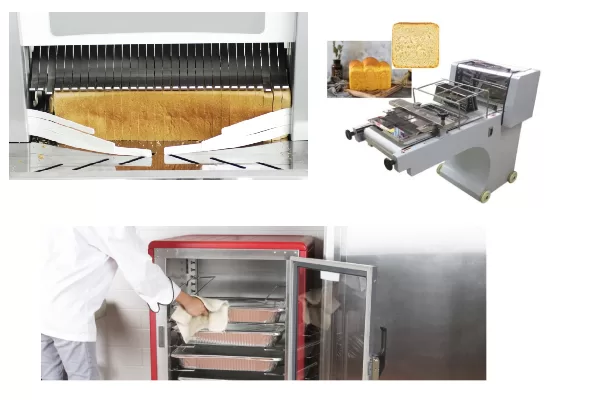
Conclusion
Investing in the right bakery equipment is crucial for the success of any bakery. From ovens and mixers to storage solutions and cleaning tools, each piece of equipment plays a vital role in ensuring efficient and consistent production of high-quality baked goods.
By carefully selecting the appropriate equipment for your specific needs, you can improve productivity, maintain product quality, and create a safe and efficient working environment. Regular maintenance and proper use of the equipment will also help extend its lifespan, providing a valuable return on investment for your bakery business.
About Author sudeshna mukherjee
You May Also Like…
2024 Buyer’s Guide: How to Choose the Best Auto Clean Chimney for Your Kitchen
IntroductionA chimney is essential for a clean and safe kitchen. Kitchen chimneys are essential for aesthetics and...
How to Choose the Right POS Software for Your Restaurant in India
Introduction Profits are what make it all worthwhile. Running a successful restaurant requires an efficient...
